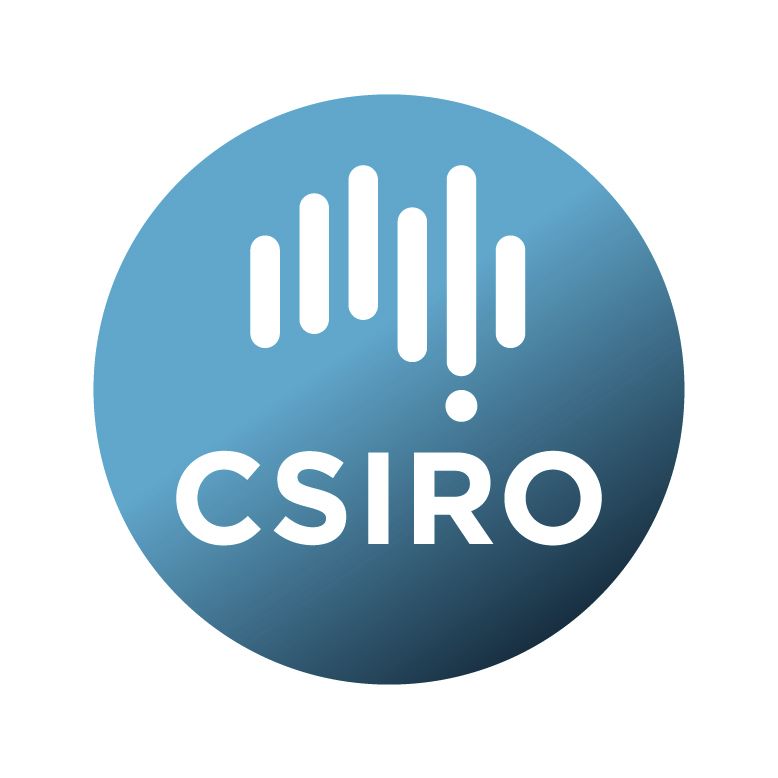Brief description
ASKAPsoft, the ASKAP Science Data Processor, provides data processing functionality, including:* Calibration
* Spectral line imaging
* Continuum imaging
* Source detection and generation of source catalogs
* Transient detection
ASKAPsoft is developed as a part of the CSIRO Australian Square Kilometre Array Pathfinder (ASKAP) Science Data Processor component. ASKAPsoft is a key component in the ASKAP system. It is the primary software for storing and processing raw data, and initiating the archiving of resulting science data products into the data archive (CASDA).
The processing pipelines within ASKAPsoft are largely written in C++ built on top of casacore and other third party libraries. The software is designed to be parallelised, where possible, for performance.
ASKAPsoft is designed to be built and executed in a standard Unix/Linux environment and core dependencies must be fulfilled by the platform. These include, but are not limited to, a C/C++/Fortran compiler, Make, Python 2.7, Java 7 and MPI. More specific dependencies are downloaded by the ASKAPsoft build system and are installed within the ASKAPsoft development tree. Specific to the Debian platform, after a standard installation of Debian Wheezy (7.x) the following packages will need to be installed with apt-get:
* g++
* gfortran
* openjdk-7-jdk
* python-dev
* flex
* bison
* openmpi-bin
* libopenmpi-dev
* libfreetype6-dev
* libpng12-dev
More information regarding the building, installation and running of the software can be found in the README file in the root of the file structure that forms this collection.
Source code can be accessed via the links in Related Materials section.
-----
This patch release sees a few bug-fixes to the pipeline scripts:
* When re-running the pipeline on already-processed data, where the raw
input data no longer exists in the archive directory, the pipeline was
previously failing due to it not knowing the name of the MS or the
related metadata file. It now has the ability to read
MS_INPUT_SCIENCE and MS_INPUT_1934 and
determine the metadata file from that. It will also not try to run jobs that
depend on the raw data.
* The new imager used in spectral-line mode can now be directed to
create a single spectral cube, even with multiple writers, via the
ALT_IMAGER_SINGLE_FILE and
ALT_IMAGER_SINGLE_FILE_CONTCUBE parameters.
* There have been changes to the defaults for the number of cores for
spectral imaging (from 2000 to 200) and the number of cores per node
for continuum imaging (from 16 to 20), based on benchmarking tests.
* In addition, the following bugs were fixed:
- The ntasks-per-node parameter could sometimes be more than ntasks,
causing a slurm failure.
- The self-calibration algorithm was not retaining images from the
intermediate loops.
- The image-based continuum subtraction script was not finding the
correct image cube.
Available: 2017-04-26
Data time period: 2017-04-13 to ..
Subjects
ASKAP |
Astronomical Sciences |
Astronomical Sciences Not Elsewhere Classified |
Physical Sciences |
data reduction |
pipeline |
radio astronomy |
science data processor |
software |
User Contributed Tags
Login to tag this record with meaningful keywords to make it easier to discover
Identifiers
- DOI : 10.4225/08/5900991D2AE0A

- Handle : 102.100.100/44284

- URL : data.csiro.au/collection/csiro:22543



